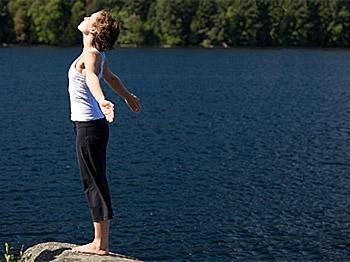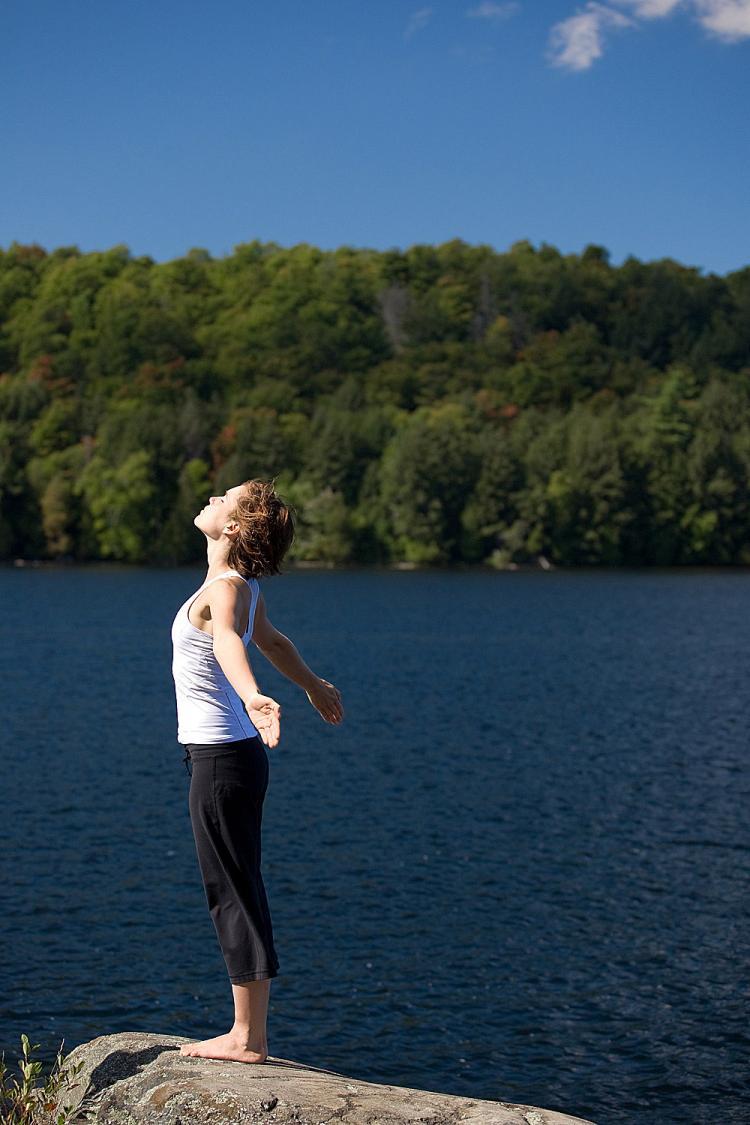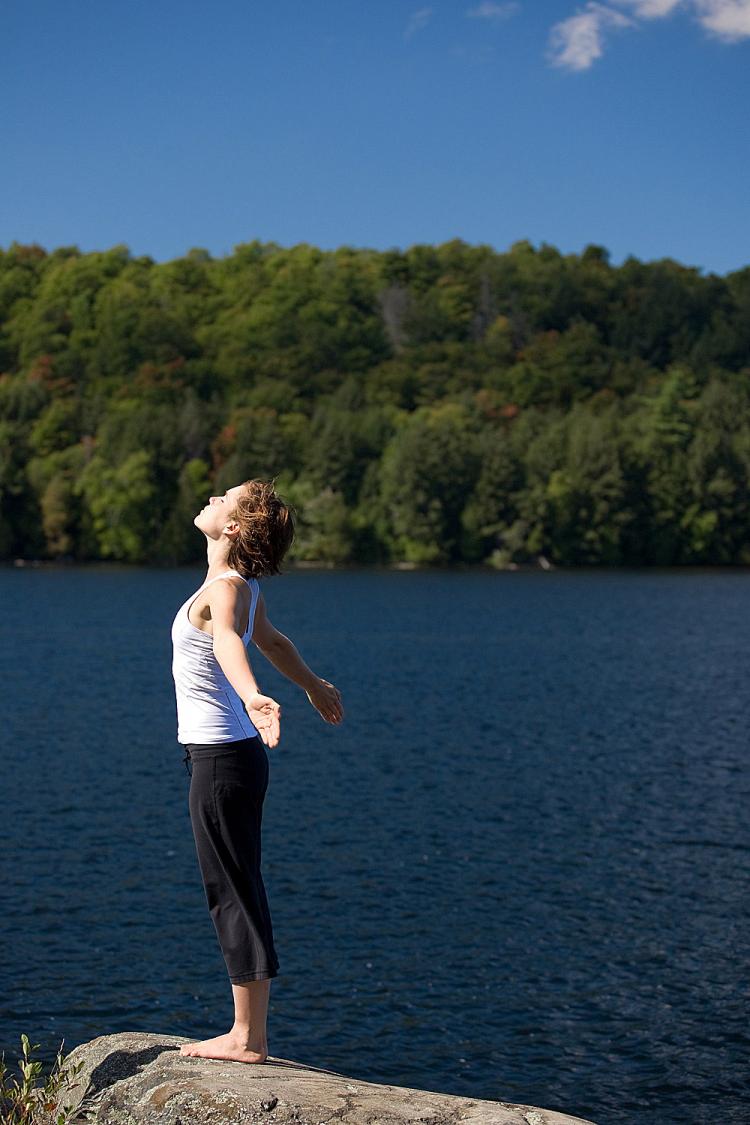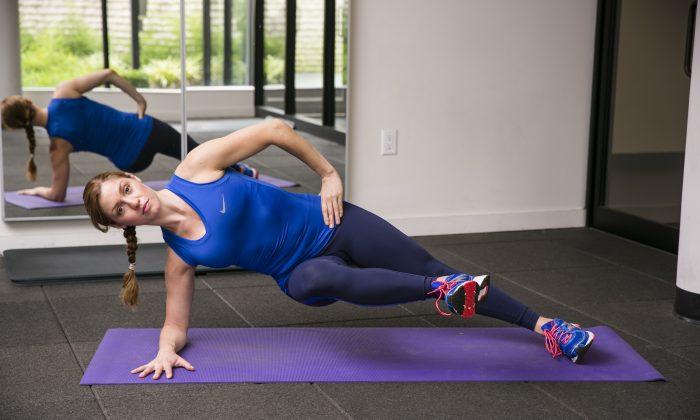In yoga, one establishes a postural foundation by learning and practicing the “mountain” pose, otherwise known in Sanskrit as tadasana. The mountain pose is so fundamentally important because it helps one stay rooted to the earth while learning and understanding what it is to stand well.
Regardless of whether you practice yoga or not, understanding how to stand well is fundamentally important. Having good posture helps one breathe, think, and feel better. Carrying oneself well while sitting, standing, and working out helps prevent injury and improve performance.
By knowing what good posture looks like and the details behind it, one can begin to apply the principals to all movements, be it running, squatting, pushing, or pulling.
To begin, stand with your feet together or hip width apart. If you keep your feet and ankles touching, the posture becomes more challenging since your base is narrower.
Lift your toes and spread them apart. Notice how the muscles in your feet activate as you lift them. Keeping your feet active, lower your toes, one at a time onto the ground. Keep your weight evenly distributed between all four corners of your feet. From the root of your hips, externally rotate your thighs outward. This action will help activate your legs and keep your foot weight distribution even.
Gently lift up or “zip” up the front of your pelvis and lower abdomen. Draw your navel in and keep your chest lifted. Keep your shoulders back and down. Lengthen through the two sides of your neck and reach up through the crown of your head.
There should be a sense of opposition in your body. As you lengthen upward through the crown of your head, you should congruently be reaching downward, through the bottoms of your feet and fingertips.
Align your ears over your shoulders, shoulders over your hips, and hips over your ankles.
Once you are lifted and stretching up and downward, see if you can maintain your posture while relaxing your muscles. It should feel strong but not tense.
Stand here for 10 deep breaths. Breathe slowly and evenly through the center of your body.
Work your way to standing there for two minutes.
Regardless of whether you practice yoga or not, understanding how to stand well is fundamentally important. Having good posture helps one breathe, think, and feel better. Carrying oneself well while sitting, standing, and working out helps prevent injury and improve performance.
By knowing what good posture looks like and the details behind it, one can begin to apply the principals to all movements, be it running, squatting, pushing, or pulling.
To begin, stand with your feet together or hip width apart. If you keep your feet and ankles touching, the posture becomes more challenging since your base is narrower.
Lift your toes and spread them apart. Notice how the muscles in your feet activate as you lift them. Keeping your feet active, lower your toes, one at a time onto the ground. Keep your weight evenly distributed between all four corners of your feet. From the root of your hips, externally rotate your thighs outward. This action will help activate your legs and keep your foot weight distribution even.
Gently lift up or “zip” up the front of your pelvis and lower abdomen. Draw your navel in and keep your chest lifted. Keep your shoulders back and down. Lengthen through the two sides of your neck and reach up through the crown of your head.
There should be a sense of opposition in your body. As you lengthen upward through the crown of your head, you should congruently be reaching downward, through the bottoms of your feet and fingertips.
Align your ears over your shoulders, shoulders over your hips, and hips over your ankles.
Once you are lifted and stretching up and downward, see if you can maintain your posture while relaxing your muscles. It should feel strong but not tense.
Stand here for 10 deep breaths. Breathe slowly and evenly through the center of your body.
Work your way to standing there for two minutes.







